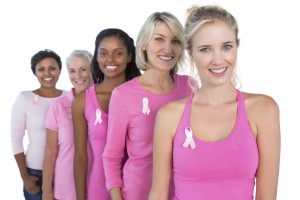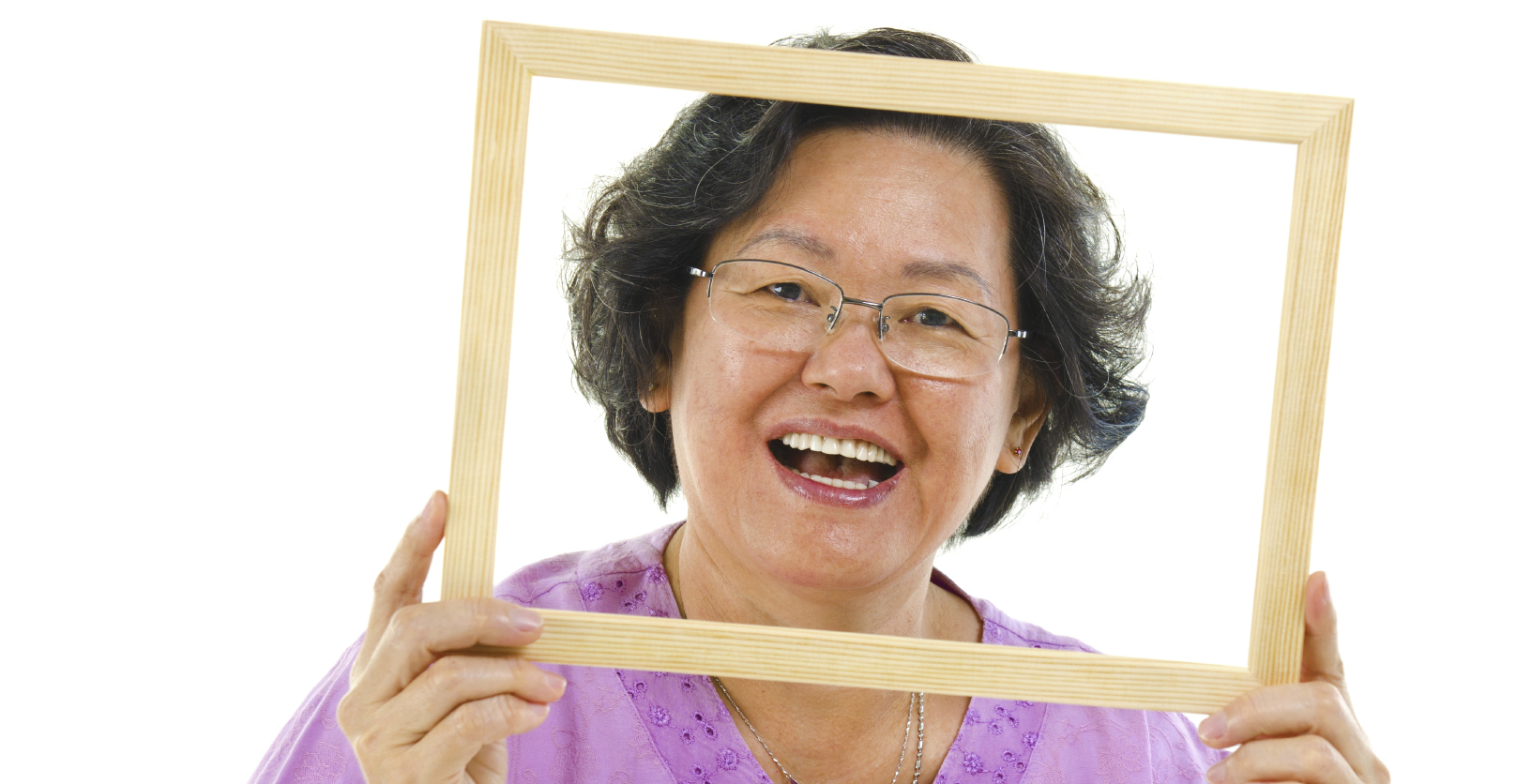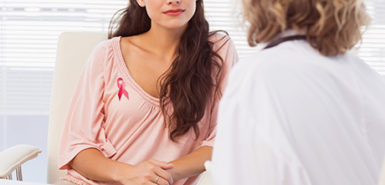
Many women come into the ER with chest pain, and they never thought they would be in that situation. But, as I pointed out in my blog, most heart attacks are preventable, and we need to be more active in telling women what they can do to avoid a heart attack.
The same is true with breast cancer—the more we know about preventing breast cancer, the more women we can help avoid being diagnosed with the disease.
Although breast cancer is far too common, breast cancer survival is improving due to more advanced treatments and early screening for women at high risk.
Do you know your risk, and do you have a plan for when you should be screened? If I asked you if you want to get breast cancer, of course you would answer with an emphatic, “No!” If you don’t want cancer, then you must know your risks, live a lifestyle that decreases your risk, and take your checkups seriously.
Several years ago, I read a story about a young woman who had metastatic breast cancer, and the article described her situation in detail.
There was a picture that showed her being comforted by her sister, who also had breast cancer five years earlier. Both women talked about their mother who had died of the same disease in her mid-40s.
As I read the story, I felt both sad and mad at the same time. Of course, I felt sad for them for all they had gone through, but I was also mad to think their cancer could have been prevented, or at least detected before it spread.
Here’s what I wish they would have known about the genetics of breast cancer:
- Ten percent of breast cancer is associated with family history.
- The risk of getting breast cancer increases two times if one first-degree relative has/had breast cancer.
- The risk of getting breast cancer increases three times if two first-degree relatives have/had breast cancer.
In addition, 50 percent of breast cancer diagnoses are associated with known risk factors.
A patient I’ll call Kelly came to see me for a routine visit recently. In taking her history, several factors caught my attention: she was 48 years old and had never been pregnant; her mom had been diagnosed with breast cancer at 49; and she had regular mammograms that were always negative, but her breasts were very dense, decreasing the likelihood of diagnosis of a small cancer.
I recommended advanced screening with a special mammogram and ultrasound by a breast surgeon.
When she had the testing done, they detected several suspicious areas, and a biopsy showed pre-cancer. Kelly decided to have definitive surgery, and when she had a bilateral mastectomy, they detected early, almost-invasive cancer.
We were able to avoid invasive cancer by doing three things: 1) being proactive; 2) knowing her individual risk factors; and 3) acting early to save her from worrying about recurrence, and having to go through chemotherapy or radiation.
The lifetime risk of breast cancer for most women is 1 in 8. The risk at age 30 is 1 in 250 and increases as you get older. Other risk factors include being female, white and obese (having a BMI over 30). The risk is even greater if the weight is gained after the age of 40 and is in the form of belly fat (especially after menopause). In addition, your risk is greatest if you are diabetic and overweight.
So, what can you do to lower your risk of breast cancer? For starters, lifestyle matters:
- Women who consume 10 or more alcoholic drinks per week have a higher risk for cancer of the colon and breast.
- Women who started smoking early and have smoked for a long time are at higher risk.
- Women who breastfed their children and are physically active have a lower risk.
Two other risk factors that may not be in your control include the following:
- Women who work the night shift seem to experience more cancer, according to several large studies.
- Women who received radiation for Hodgkins Lymphoma as a child have an increased risk of breast cancer.
If you have any of these high risk factors, get screening early and talk to your doctor about special screening with a Tomo mammogram or adding an ultrasound to your routine mammogram.
I had a patient who put off her mammogram because she had small breasts and thought she would easily be able to see any lumps, plus she had no family history of breast cancer. When her friend finally convinced her to get a mammogram, it showed she had breast cancer.
I’ve given you plenty of statistics and information about breast cancer in this blog, but there are a few takeaway points I want to make sure you remember:
- Know your individual risk factors.
- If you are at higher risk, talk to your doctor about special testing.
- Be active! Exercise a minimum of 150 minutes per week.
- Do not gain weight over 40—stay off the sugar.
- Don’t drink more than ten drinks a week.
- Don’t be afraid of mammograms—get tested!
 /a>
/a>
 /a>
/a>
 /a>
/a>